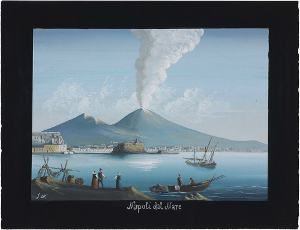Speaker
Prof.
Thomas Hambye
Description
In the near future, neutrino telescopes are expected to improve their sensitivity to the flux of monochromatic neutrinos produced by dark matter (DM) in our galaxy. This is illustrated by a new limit on the corresponding cross section that we derive from public IceCube data. In this context, we study which DM models could pro- duce an observable flux of monochromatic neutrinos from DM annihilations. To this end, we proceed in two steps. First, within a set of simple and minimal assumptions concerning the properties of the DM particle, we determine the models that could give rise to a significant annihilation into monochromatic neutrinos at the freeze-out epoch. The list of models turns out to be very limited as a result of various con- straints, in particular direct detection and neutrino masses at loop level. Given the fact that, even if largely improved, the sensitivities will be far from reaching the ther- mal annihilation cross section soon, a signal could only be observed if the annihilation into neutrinos today is boosted with respect to the freeze-out epoch. This is why, in a second step, we analyze the possibility of having such a large enhancement from the Sommerfeld effect. For each scenario, we also compute the cross sections into other annihilation products and confront our results with experimental constraints. We find that, within our simple and minimal assumptions, the expectation to observe monochromatic neutrinos is only possible in very specific scenarios. Some will be confirmed or excluded in the near future because they predict signals slightly below the current experimental sensitivities. We also discuss how these prospects change by relaxing our assumptions as well as by considering other types of sharp spectral features. For the latter, we consider boxed-shaped and bremsstrahlung spectra and provide the corresponding limits from IceCube data.
Primary author
Prof.
Thomas Hambye

